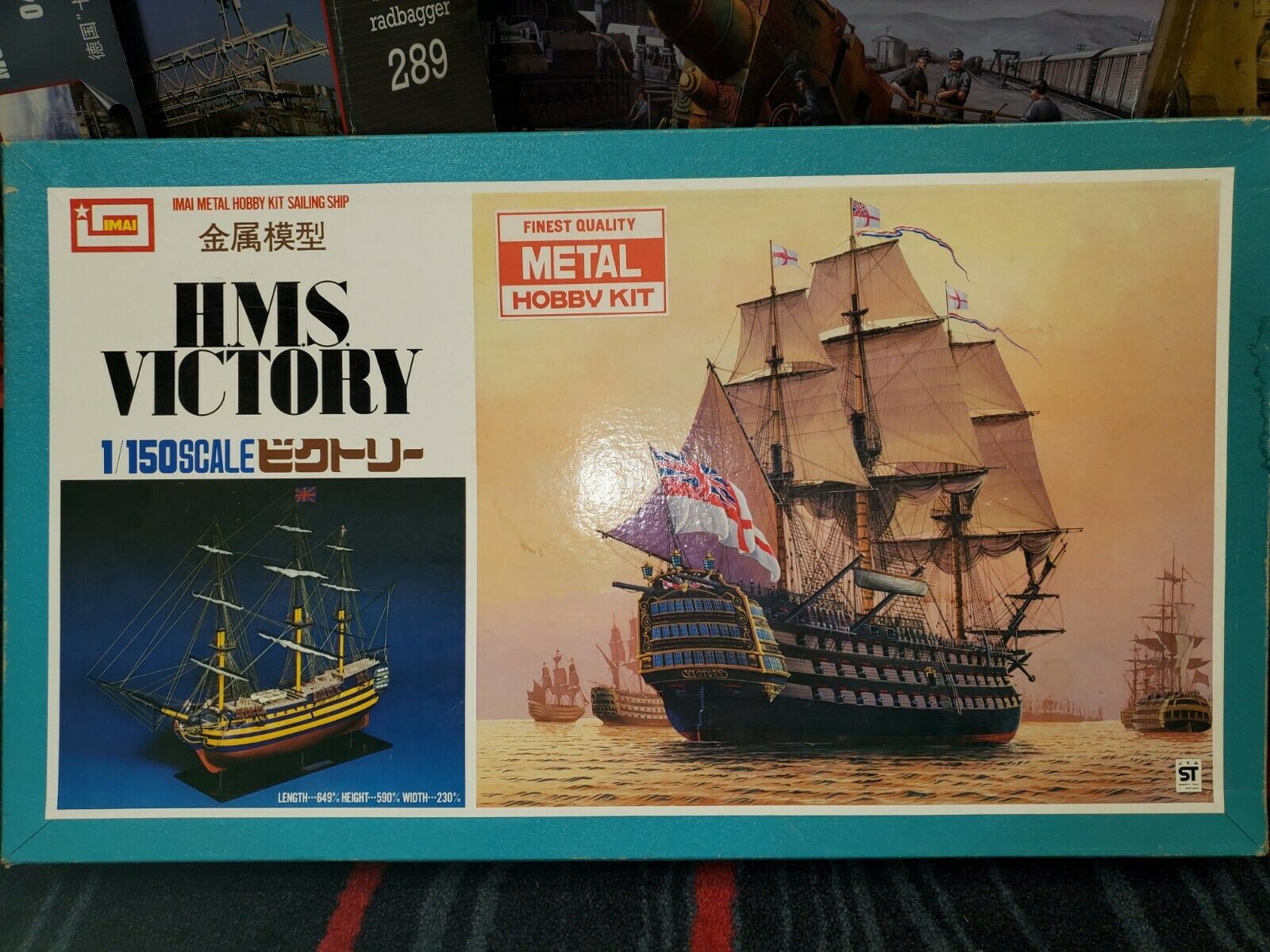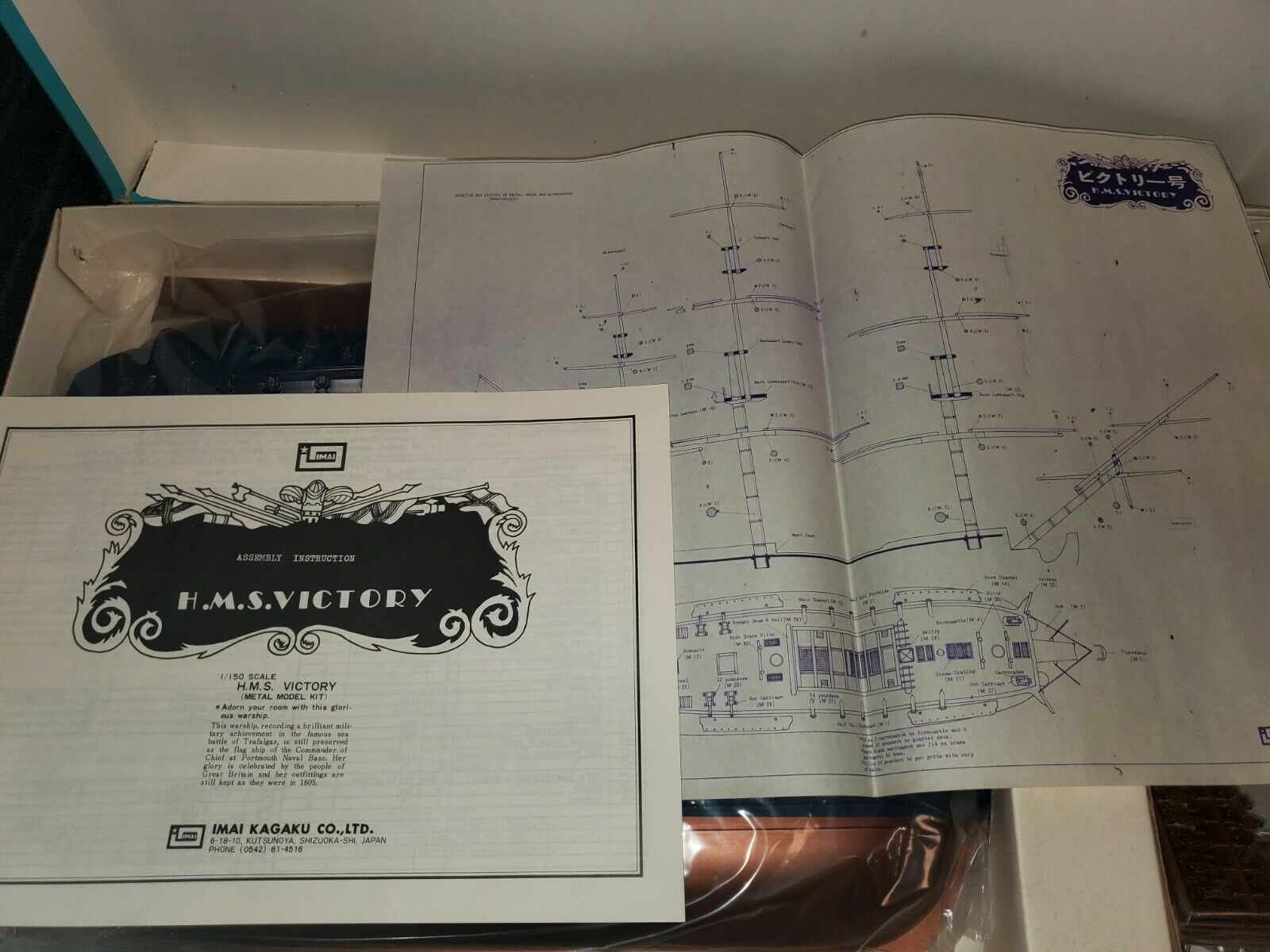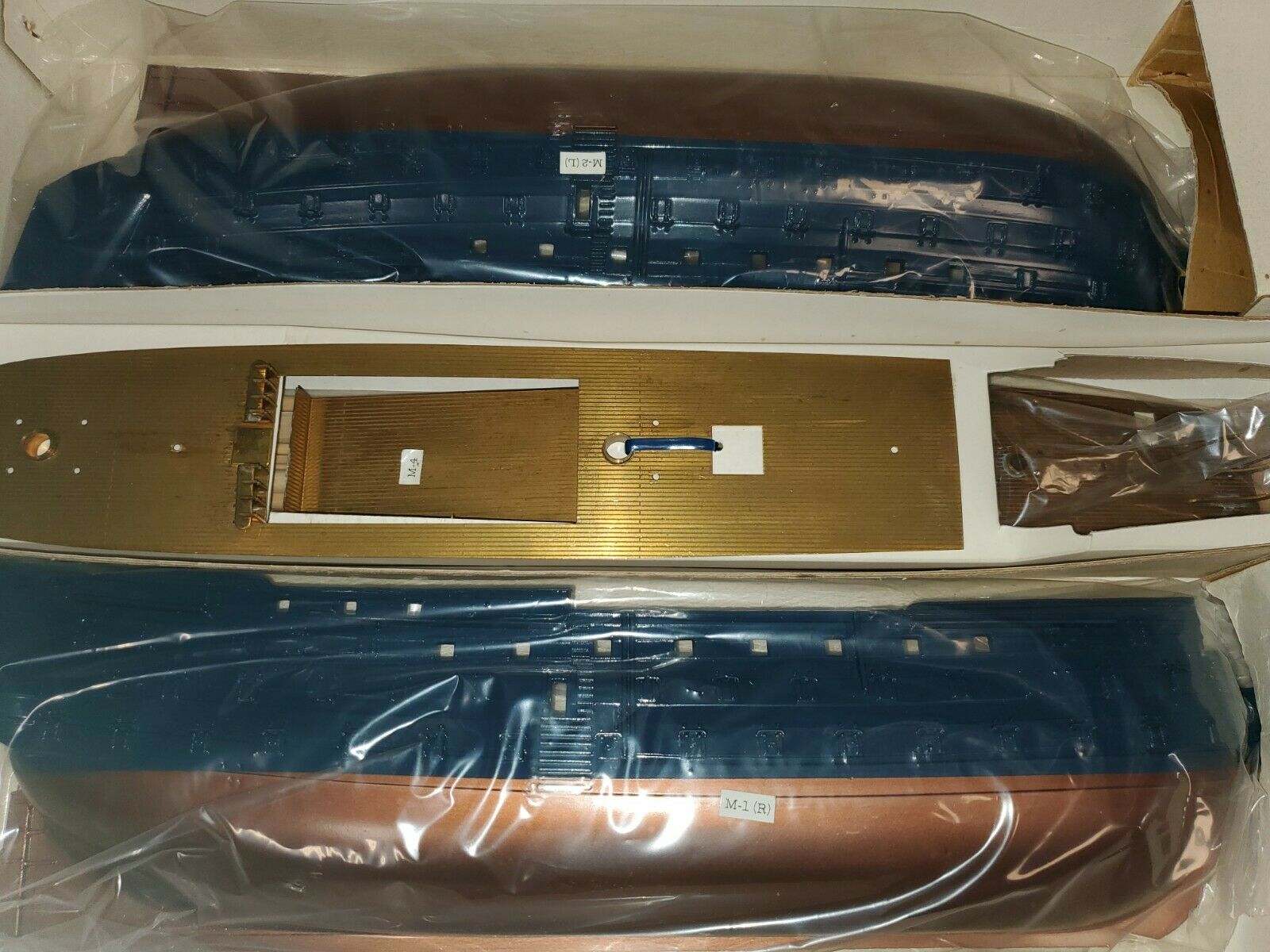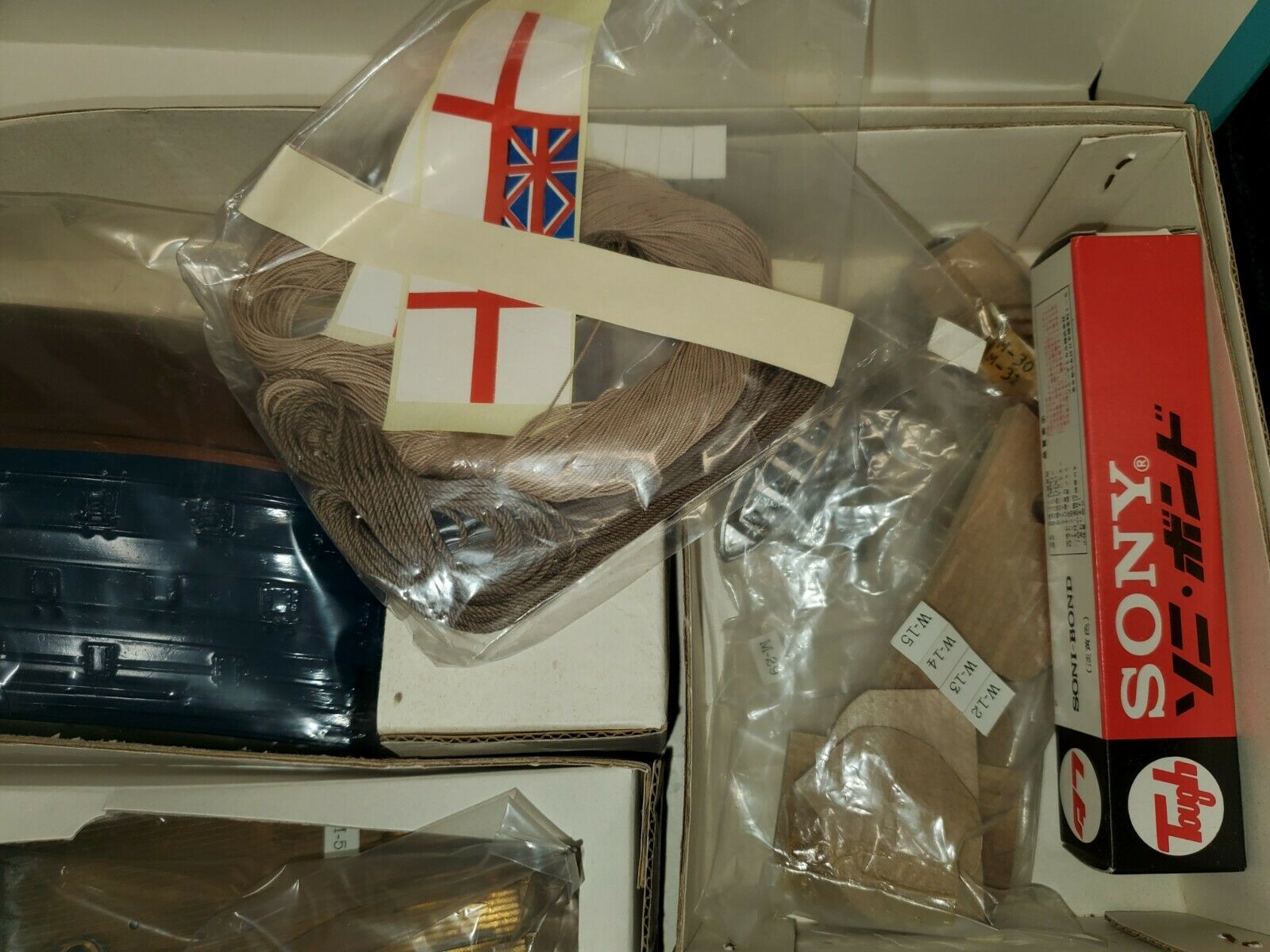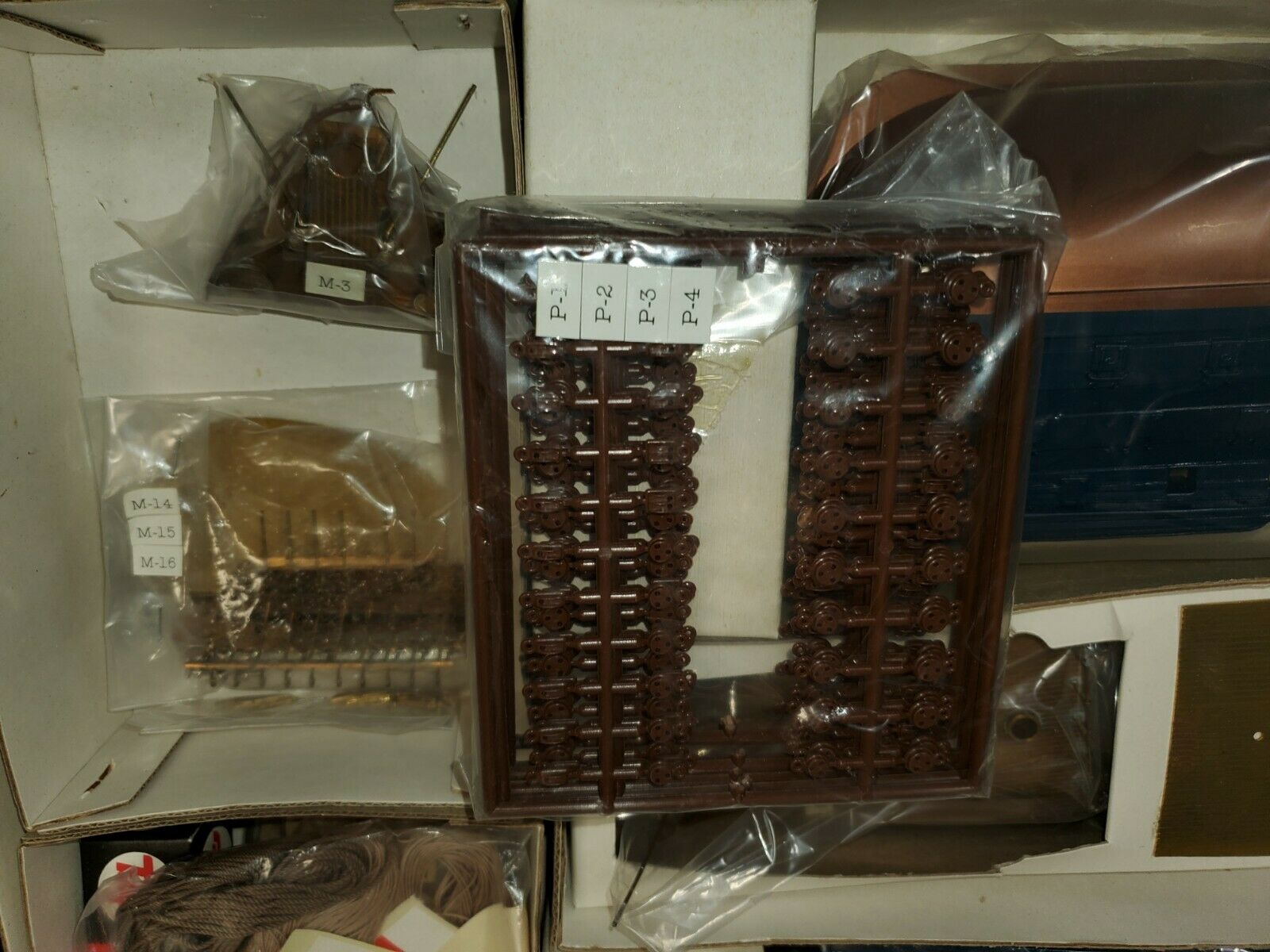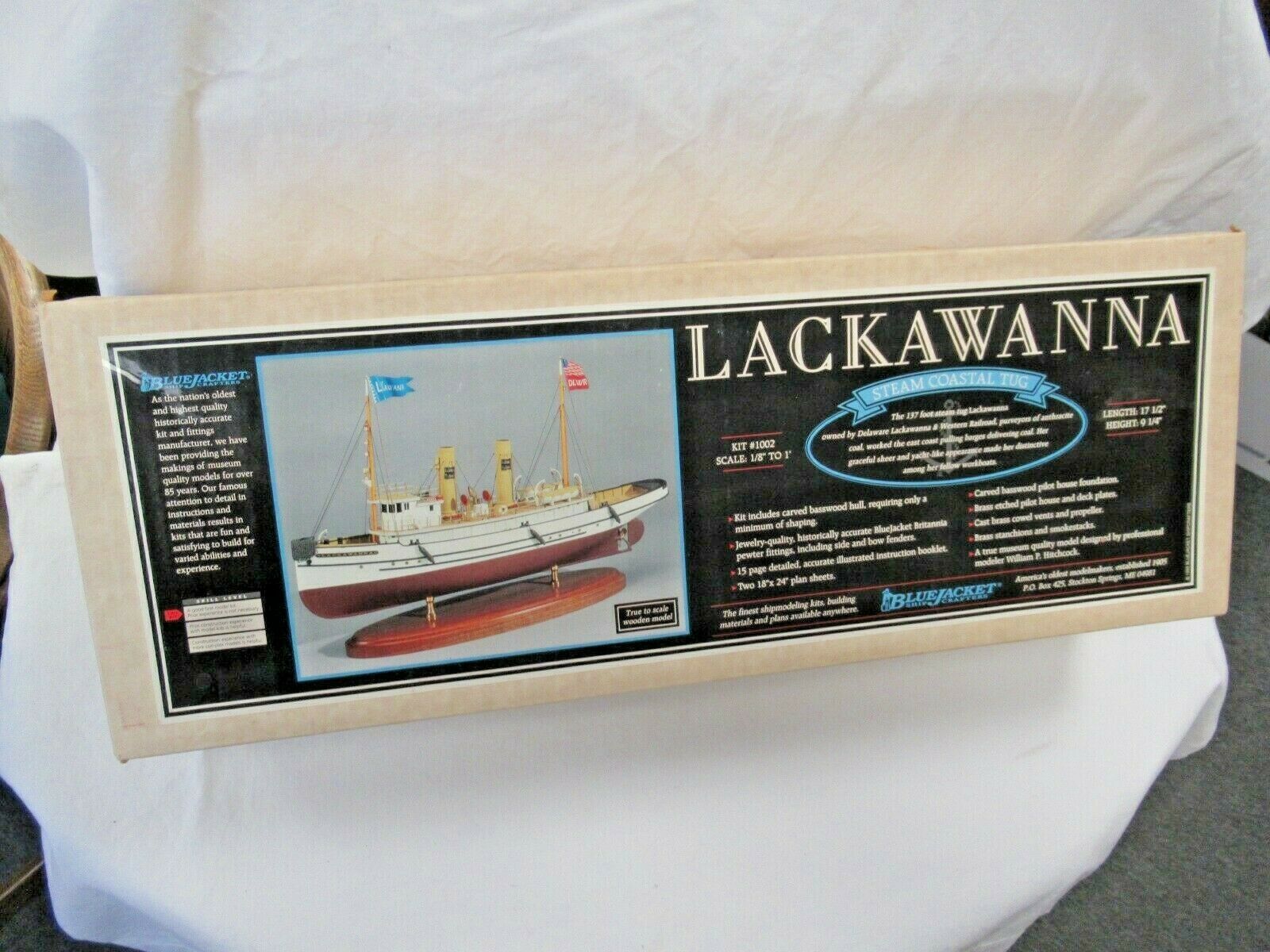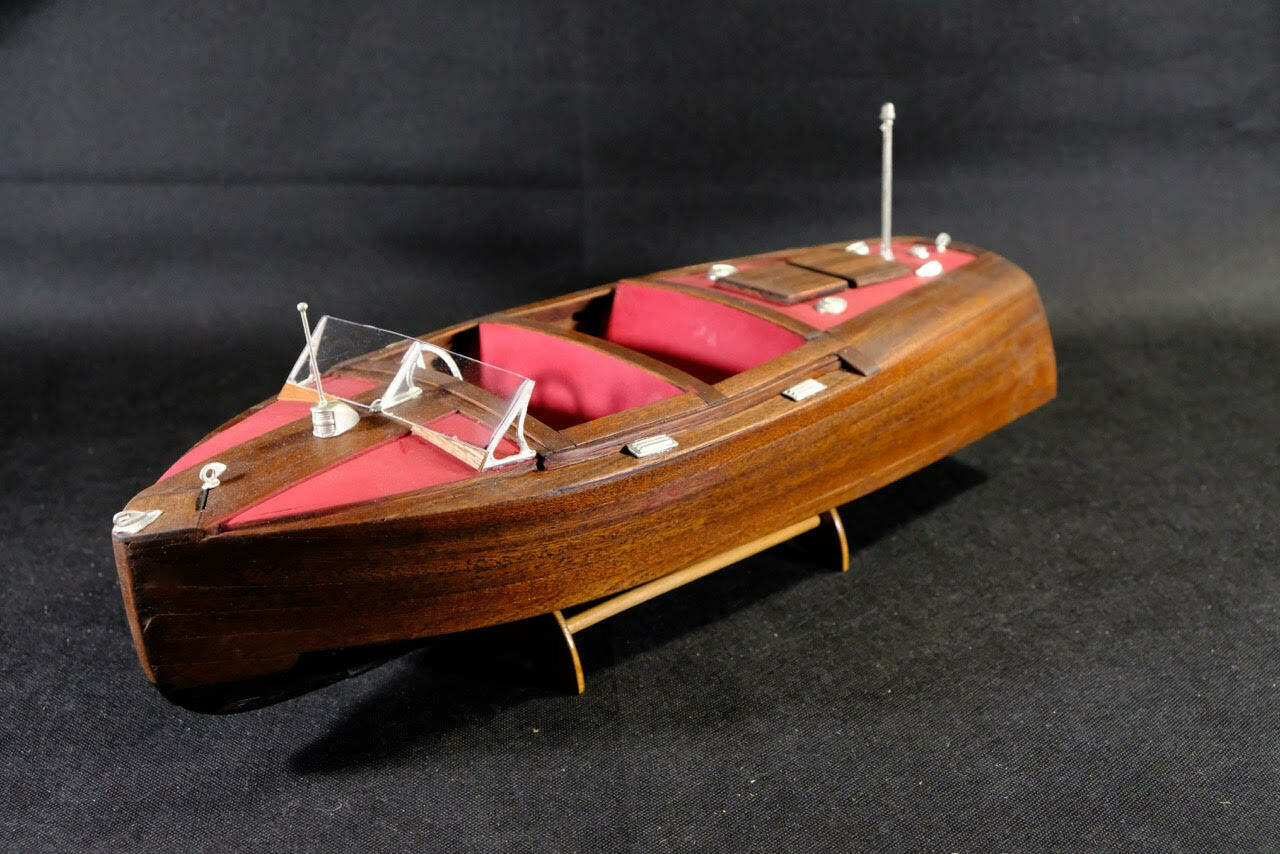-40%
Imai: HMS Victory 1/150th Scale Metal Ship
$ 115.63
- Description
- Size Guide
Description
Complete metal and plastic model kit. No glue or paint.Scale : 1:150
Length: 649mm
Height: 550mm
From the HMS Victory Official Website:
On 7th May 1765 HMS Victory was floated out of the Old Single Dock in Chatham's Royal Dockyard. In the years to come, over an unusually long service, she would gain renown leading fleets in the American War of Independence, the French Revolutionary War and the Napoleonic War. In 1805 she achieved lasting fame as the flagship of Vice-Admiral Nelson in Britain's greatest naval victory, the defeat of the French and Spanish at the Battle of Trafalgar.
For Victory, however, active service did not end with the loss of Nelson. In 1808 she was recommissioned to lead the fleet in the Baltic, but four years later she was no longer needed in this role, and she was relegated to harbour service - serving as a residence, flagship and tender providing accommodation.
In 1922 she was saved for the nation and placed permanently into dry dock where she remains today, visited by 25 million visitors as a museum of the sailing navy and the oldest commissioned warship in the world.
Over a period of 34 years, between 1778 and 1812, HMS Victory took part in five naval battles. Trafalgar is not only the most famous of these but also the last. Commissioned for service in the American War of Independence, Victory fought in the First and Second Battles of Ushant and the Battle of Cape Spartel, whilst during the French revolutionary War she was Admiral Jervis’ flagship at the Battle of Cape St Vincent.
First Battle of Ushant
On 27th July 1778, Victory served as flagship to Admiral Augustus Keppel when his fleet of 30 ships engaged a French force of 29 ships commanded by the Comte d’Orvilliers. The battle was indecisive, and led to political dispute in both Britain and France.
Second Battle of Ushant
Vice Admiral Richard Kempenfelt flew his flag in HMS Victory at the Second Battle of Ushant. A relatively small British Fleet of 12 ships of the line intercepted a French convoy in poor weather and succeeded in capturing 15 transport ships, 1000 soldiers and 550 seamen.
Battle of Cape Spartel
Victory’s final engagement of the American War of Independence came in 1782 whilst she was serving as flagship to Admiral Richard Howe. The British fleet of 35 ships of the line had succeeded in resupplying Gibraltar for the third time in the course of the three-year-long Great Siege when it met with the combined fleets of France and Spain, consisting of 38 ships of the line. The following battle again proved indecisive.
Battle of Cape St Vincent
Victory was Admiral Sir John Jervis’ flagship at the Battle of Cape St Vincent, fought against the Spanish in February 1797. The smaller British fleet of 15 ships of the line engaged an enemy numbering 27 ships of the line and succeeded in capturing 4 ships and 3000 Spanish seamen.
Battle of Trafalgar
Undoubtedly Victory’s most famous battle saw her as Vice-Admiral Horatio Nelson’s flagship at the Battle of Trafalgar, fought against a combined French and Spanish fleet. The allies were soundly defeated, total losses reaching 22 ships without the Royal Navy losing one. Nelson was shot at the height of the battle and died on Victory’s orlop deck after receiving news of victory.
